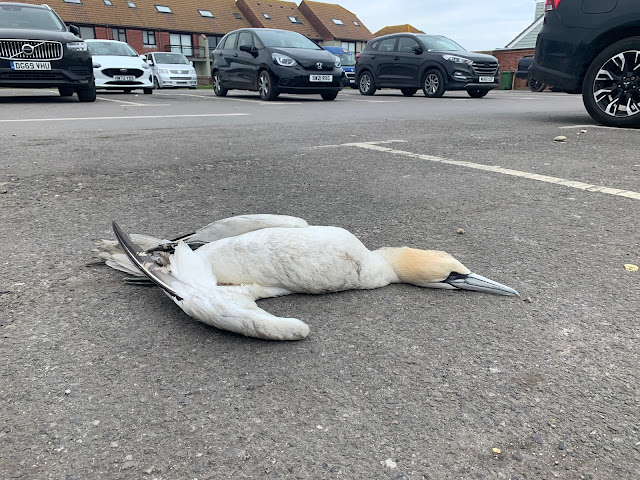Last day of the Easter holidays today and back to school for Jacob tomorrow. Not much time in the school holidays to do any serious natural history stuff but a great time to do more nature activities with the boys (who knows one day, with the right early experiences, they might want to pursue ecology/nature and have a bigger impact than I ever could, hopefully, although I still don't know whether the best path for that would be academic, amateur/fun, eco-tourism, consultancy, NGO, green finance, policy/politics, farming/horticulture or nature media which is why I had a go at the lot! I guess the answer to that is something like follow your heart and the money. a bit of Ikigai and also the future of work is likely to be more diverse so having a go at a few things over a working lifetime (or at the same time) might actually be a good idea- I've enjoyed doing that which kept things fresh and interesting, I think the mobile workforce, remote working, gig economy, more freelance/self employed opportunities and hivemind/AI economy that is crystallising will maybe make that more common too- who knows).
Anyway after our trips to Arundel WWT, the south coast and Wolburn safari park last week, this week we did the London Natural History Museum and fossil hunting on the Isle of Sheppey. In between there's been some home days, the garden stuff, the mini-zoo and it was also Jacob's birthday party so hopefully the boys have had an excellent staycation.
The moth trapping is still slow but added a few new for years. Best on the garden bird front was a Oystercatcher flying over calling a couple of nights ago. Picked up a few year ticks elsewhere this week- Whimbrel on Sheppey and Reed Warbler and Willow Warbler at Beddington after work. Planning on doing some more serious birding this week in Oxfordshire and the weather seems to be improving for entomology too. Next week I'm back out to the Bulgaria project for some hardcore birding, a bit of work on the project, mothing and another mini-herping trip too (a Leopard snake hunt).
Early Thorn
A really nice Clouded Drab (left) and Red Chestnut
Never noticed the scale tufts on an Early Grey before
The Hackbridge NDG have done a great job on making the Beddington Farmlands entrance more attractive this Spring, Great to see the inspiring community work (although I did confess to Holly this week that I did so much community work when I was working on the Beddington Farmlands project that I feel like I used up all the community spirit in me - its possible I can't actually do another good deed for the rest of my entire life- the thought of doing something altruistic now almost makes me sick. I think becoming more family orientated does that- although might just be me turning into a selfish old bastard)
Adult Herring Gull with nesting material at Beddington. Lesser Black-backs are already breeding nearby in Croydon (and visit the farmlands to feed) and it looks like Herring Gulls are attempting to breed nearby too
The trip to the London NHM was somewhat spoilt by ridiculously long entrance queues, over two hours. Would NOT recommend going in school holidays unless you've got a ticket or membership
Warden on Sheppey- one of the top fossilising spots in the UK, we found a few Eocene gastropods but Jacob was more interested in splashing around and getting stuck in the mud and to be fair we also spent too much time in Leysdown gambling in the arcades
Jacob at his first landslide
The tide was out at the Ferry House and we managed to walk all the way to the end of the causeway. The Ferry House was excellent food (about £40 per head for 3 courses). Today we had to save money so we had fresh seafood and jellied eels from Leysdown (like a down to earth Southend - you have to see it to believe that's even possible) and had a picnic on the beach.
Holly and Isaac


















































